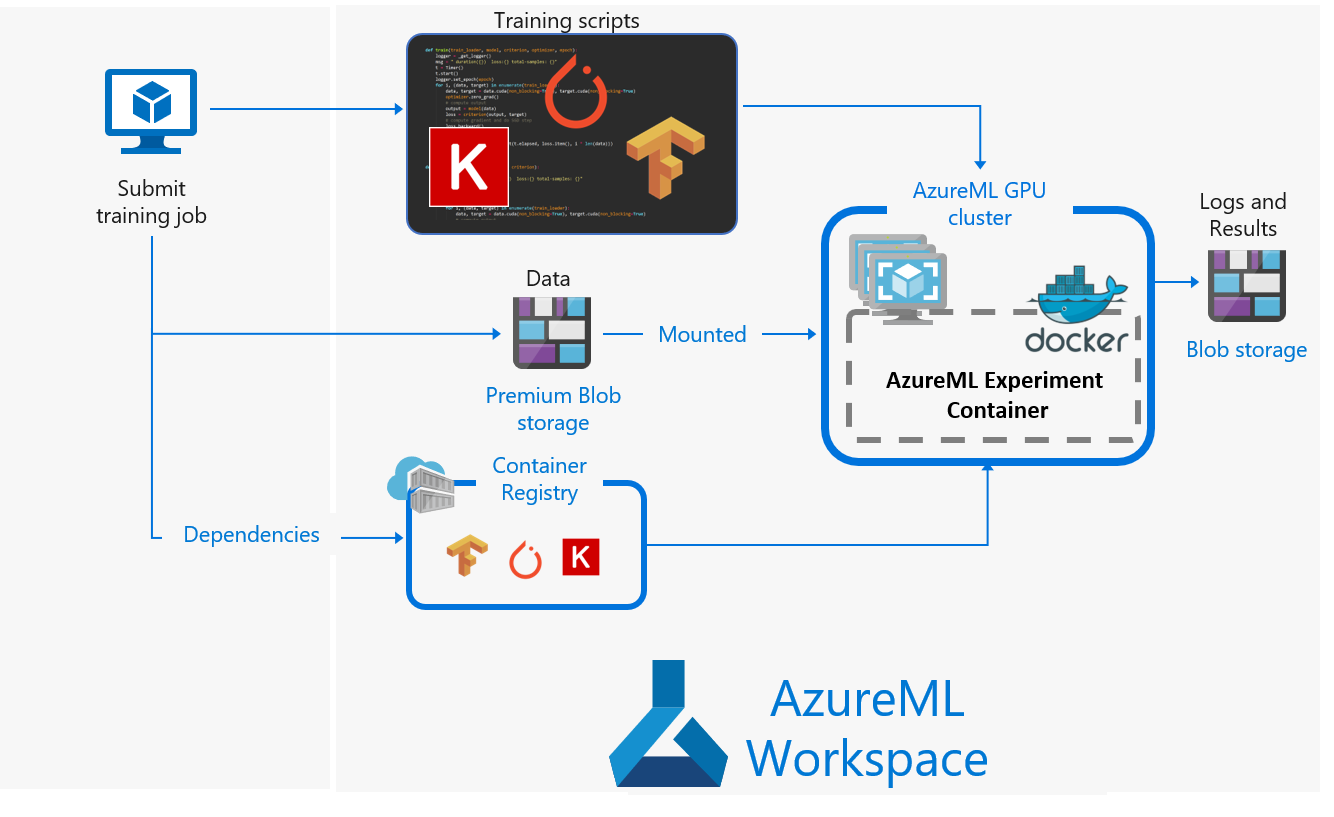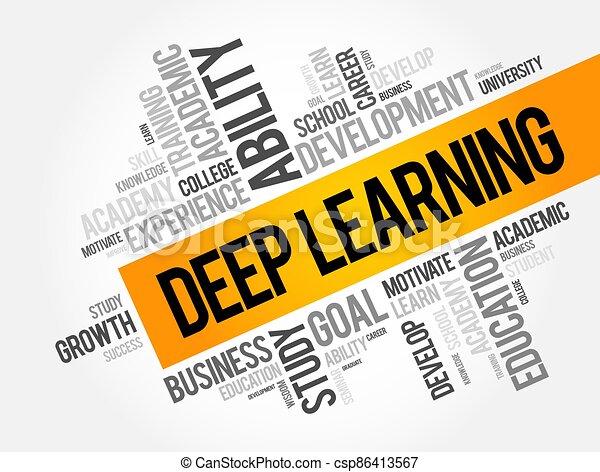
Geoffrey Hinton is an American computer scientist and cognitive psychologist. His work on neural networks that enable machines to make decisions is what makes him famous. Since 2013, he is employed by Google.
Geoffrey Hinton is a global leader in deep learning
Geoffrey Hinton, a University of Toronto team member, and his first attempt at neural networks were unsuccessful. They couldn't train the algorithms correctly due to the enormous size of the data sets. This was because supervised learning was required. Hinton believed that unsupervised learning was better than supervised learning as computers became more powerful. It would allow algorithms to learn by themselves.

He was the founder of the Neural Computing and Adaptive Perception programs
Geoff Hinton is recognized as one of the most influential computer scientists in the world for his research in this area. He is a professor at the University of Toronto's Department of Computer Science and holds a PhD in artificial Intelligence from the University of Edinburgh. In addition to developing machine learning algorithms, Hinton has also contributed to the field of neural networks.
He was awarded the Turing Award in recognition of his contributions to neural networks
The Association for Computing Machinery (ACM) has awarded Professor Geoff Hinson its prestigious Turing Award for the groundbreaking work in neural networks. The Turing Award is a tribute to "deep learning," which ACM considers an integral part of computing. Hinton, a professor from the University of Toronto, was among his co-recipients who are both pioneers of their fields.
He is a fellow in the Royal Society
Sir Adrian Smith is currently the President of Royal Society. He is a Bayesian statistician and mathematician, and was knighted for his work in 2011. Peer review is used for the selection of Foreign Members and Fellows of Royal Society. Fellows include 85 Nobel laureates. There are around 800 candidates for membership. Geoff Hinson received the 2012 Royal Society election.
He is an honorary fellow of the American Academy of Arts and Sciences
Hinton is a Fellow of the Royal Society of Canada and the Association for the Advancement of Artificial Intelligence. He also belongs to the National Academy of Engineering. He is a former president of the Cognitive Science Society and has been awarded several honorary doctorates, including the first David E. Rumelhart prize, the IJCAI award for research excellence, and the IEEE James Clerk Maxwell Gold Medal.

He has been awarded numerous academic honors
Geoff Hinson, who is a graduate of the University of Texas at Austin has a wealth of expertise and accolades. His academic accomplishments include a B.A. A B.A. in English and a Master of Divinity from the University of Texas at Austin. Baylor University George W. Truett Theological Seminary offers a D.Min. Gordon-Conwell Theological Seminary. He has also served on boards of several nonprofit organizations as well as tutored at three elementary schools in Austin, the University of Texas and University of Texas Elementary Schools.
FAQ
Is AI good or bad?
AI can be viewed both positively and negatively. The positive side is that AI makes it possible to complete tasks faster than ever. Programming programs that can perform word processing and spreadsheets is now much easier than ever. Instead, we can ask our computers to perform these functions.
People fear that AI may replace humans. Many believe that robots could eventually be smarter than their creators. They may even take over jobs.
What are the possibilities for AI?
AI has two main uses:
* Predictions - AI systems can accurately predict future events. AI can be used to help self-driving cars identify red traffic lights and slow down when they reach them.
* Decision making. AI systems can make important decisions for us. As an example, your smartphone can recognize faces to suggest friends or make calls.
How does AI work?
Understanding the basics of computing is essential to understand how AI works.
Computers store data in memory. Computers use code to process information. The computer's next step is determined by the code.
An algorithm is a set of instructions that tell the computer how to perform a specific task. These algorithms are typically written in code.
An algorithm can be thought of as a recipe. A recipe could contain ingredients and steps. Each step might be an instruction. For example, one instruction might read "add water into the pot" while another may read "heat pot until boiling."
What's the status of the AI Industry?
The AI industry is growing at a remarkable rate. Over 50 billion devices will be connected to the internet by 2020, according to estimates. This will mean that we will all have access to AI technology on our phones, tablets, and laptops.
This shift will require businesses to be adaptable in order to remain competitive. If they don’t, they run the risk of losing customers and clients to companies who do.
This begs the question: What kind of business model do you think you would use to make these opportunities work for you? Do you envision a platform where users could upload their data? Then, connect it to other users. Perhaps you could also offer services such a voice recognition or image recognition.
Whatever you decide to do in life, you should think carefully about how it could affect your competitive position. Even though you might not win every time, you can still win big if all you do is play your cards well and keep innovating.
What is the role of AI?
An artificial neural system is composed of many simple processors, called neurons. Each neuron takes inputs from other neurons, and then uses mathematical operations to process them.
Neurons can be arranged in layers. Each layer performs a different function. The first layer receives raw data like sounds, images, etc. These data are passed to the next layer. The next layer then processes them further. Finally, the output is produced by the final layer.
Each neuron also has a weighting number. This value is multiplied with new inputs and added to the total weighted sum of all prior values. If the result exceeds zero, the neuron will activate. It sends a signal down to the next neuron, telling it what to do.
This cycle continues until the network ends, at which point the final results can be produced.
Statistics
- According to the company's website, more than 800 financial firms use AlphaSense, including some Fortune 500 corporations. (builtin.com)
- That's as many of us that have been in that AI space would say, it's about 70 or 80 percent of the work. (finra.org)
- The company's AI team trained an image recognition model to 85 percent accuracy using billions of public Instagram photos tagged with hashtags. (builtin.com)
- While all of it is still what seems like a far way off, the future of this technology presents a Catch-22, able to solve the world's problems and likely to power all the A.I. systems on earth, but also incredibly dangerous in the wrong hands. (forbes.com)
- Additionally, keeping in mind the current crisis, the AI is designed in a manner where it reduces the carbon footprint by 20-40%. (analyticsinsight.net)
External Links
How To
How to set Cortana for daily briefing
Cortana in Windows 10 is a digital assistant. It helps users quickly find information, get answers and complete tasks across all their devices.
Setting up a daily briefing will help make your life easier by giving you useful information at any time. This information could include news, weather reports, stock prices and traffic reports. You have control over the frequency and type of information that you receive.
Win + I will open Cortana. Click on "Settings" and select "Daily Briefings". Scroll down until you can see the option of enabling or disabling the daily briefing feature.
If you've already enabled daily briefing, here are some ways to modify it.
1. Open Cortana.
2. Scroll down to the "My Day" section.
3. Click the arrow next to "Customize My Day."
4. You can choose which type of information that you wish to receive every day.
5. Modify the frequency at which updates are made.
6. Add or remove items from the list.
7. You can save the changes.
8. Close the app